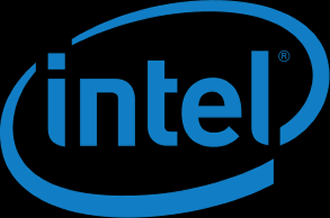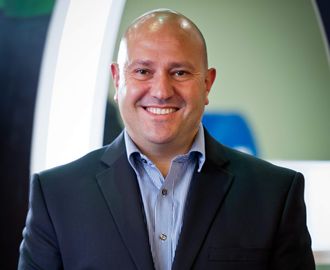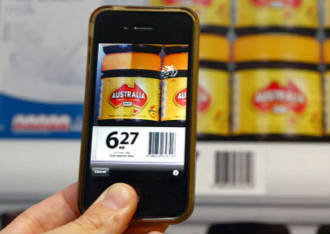 Big Blue said it has released or is just about to release a slew of cloud and Big Data analytics to the IT party.
Big Blue said it has released or is just about to release a slew of cloud and Big Data analytics to the IT party.
It said that Cognos Business Intelligence, SPSS predictive analytics and Watson Analytics will soon be available on its Cloud marketplace. Currently the Cognos offering is in beta, and won’t be ready for action until the first quarter of next year. And SPSS Modeller won’t be available for another 30 days.
What’s the Cloud marketplace? It’s one place you can go to, or in IBM speak it’s “the digital front door to cloud innovation”.
Big Blue said that 25 percent of new business analytic installations will be as subscriptions to cloud analytic or application services by next year.
IBM wants a slice of that lucrative cake.
The giant said that it has five answers to five common problems for businesses including understanding customers, understanding operations, security, compliance and data warehouse modernisation.



















